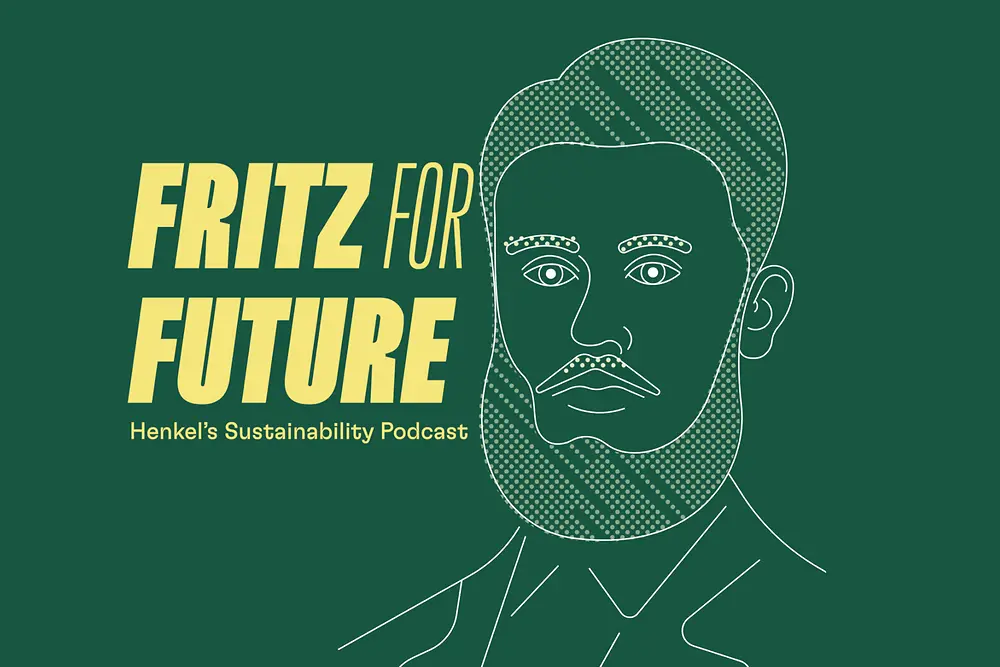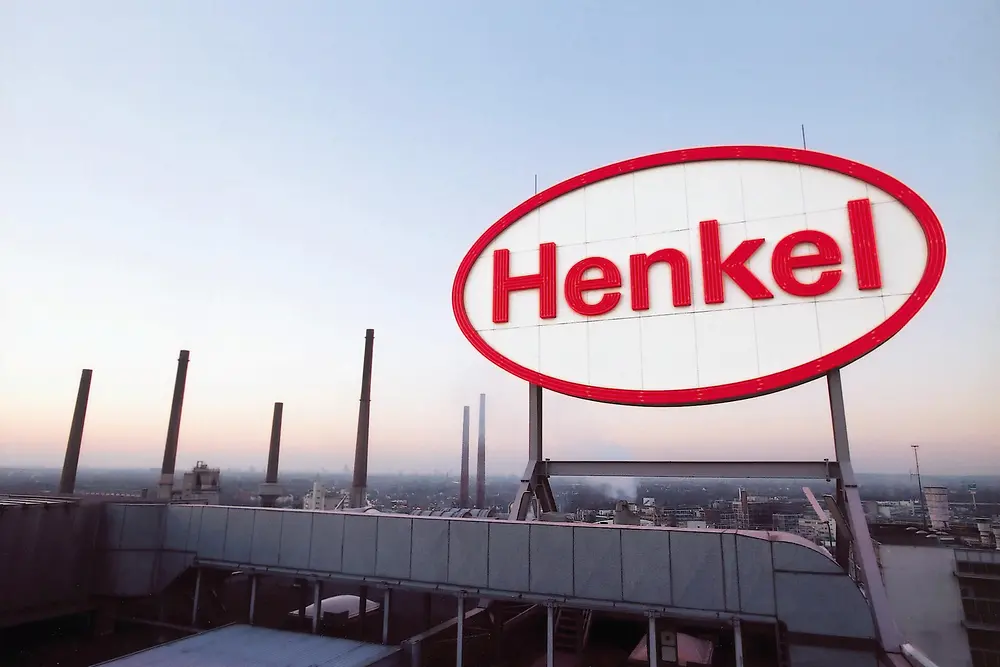Sustainable water management in our operations
We take full responsibility of our operational impacts. We have continued to progress against our existing water efficiency target. We set the goal of using 35 percent less water per ton of product by 2025. To achieve our goal, each production site carefully examines all options for reducing water consumption and avoiding wastewater.
Additionally, at our key manufacturing sites facing water risk, we have committed to achieving circular water use by 2030. Achieving circular water use will help Henkel reduce our dependency and impacts on precious water resources while contributing to increase watershed health. We will do that by optimizing on-site water use, increasing beneficial return flows back into the environment, and compensating for any remaining impacts by restoring and replenishing water back to the watersheds where we operate.
Across all operations, we work to provide a safe and healthy work environment, including safe water for drinking and hygiene, while making sure facilities and suppliers do not impact the human right to water in the communities where we operate. We strive to engage our key suppliers to comply with our requirements.
Strengthening internal water governance and management practices across Henkel
We will continue to strengthen capabilities, roles, responsibilities and accountability across Henkel’s internal governance structures and functions, including its supply chain steering group and sustainability council.
In order to identify production sites in regions with elevated water risks, we carried out detailed investigations at a global level in 2022 using the World Resource Institute’s (WRI) Aqueduct™ tool and the WWF Water Risk Filter screening tool. Building on this analysis, in the next step we focus our measures on the identified production sites in order to enhance our business resilience and contribute to a sustainable future. We took into account qualitative, quantitative and regulatory risks for all sites, as well as water risk forecasts for the year 2030. Each production site was assessed, taking into account its precise geo-coordinates and nearby water basins and watersheds.
An expert team will review and update our existing water risk and impact assessment, at least every three years, to incorporate new learnings and changes in our value chain footprint and inform internal opportunities to adapt and improve Henkel’s water stewardship position overtime. In manufacturing sites facing water risk, we will monitor and respond to water risks on an ongoing basis and ultimately increase operational resilience and supply security.
Innovative solutions that enable our customers and consumers to save water
We are developing products that do not require the use of water in the use phase. For example: our leave-in conditioners and dry shampoos do not require water for rinsing and we make significant investments in new concentrated formulations of our laundry detergents that enable our consumers to achieve excellent washing results while the detergent requires less water in its production. Also, we engage with customers of our professional salon business and innovate together on tools and solutions to reduce water use during the application of our products.
Finally, we are developing innovative solutions in adhesives, sealants, and functional coatings that enable sustainable water management at our customers. Our adhesives technologies contribute to reduced water consumption in production processes and the use phase.
Targeted investment in our consumer education programs
Most of the water consumption across our value chain takes place downstream, as part of the use-phase of our products, services, and solutions. We want to continue encouraging the responsible use of our products to reduce this water consumption. At Henkel Consumer Brands we leverage our brands to raise awareness. By providing information on the products in the form of our “Be smarter” logo and on a comprehensive website, and through supporting measures at sales outlets as part of our “It starts with us” initiative, we are supporting our consumers with tips on how they can contribute to resource conservation and sustainability when using our products. The initiative addresses the issues of recycling, energy and general behavior, in addition to water use. We also draw consumers’ attention to this topic with our laundry detergent packaging, where we place the “be sustainable – wash cold” logo.
Leading in our formal reporting obligations
We will continue to report progress against our water stewardship position on an annual basis via Henkel’s Sustainability Report, available on the Henkel website, in addition to continuing to participate in the Carbon Disclosure Project (CDP) for Water. We will strengthen these efforts establishing effective data sharing and reporting processes on local water use, sources and impacts to support transparent disclosure and reporting.
Advancing global leadership and public policy engagement on water
Henkel is an endorsing company of the UN Global Compact CEO Water Mandate and sees engaging in water stewardship as an essential prerequisite to ensuring availability and sustainable management of water and sanitation for all.
The UN Global Compact’s CEO Water Mandate represents a commitment by the private sector to address global water challenges, in partnership with the United Nations, governments, civil society organizations, and other stakeholders. To achieve this, companies must engage in corporate water stewardship to identify and reduce critical water risks to their businesses, seize water-related opportunities, and contribute to water security and the Sustainable Development Goals.
We will strengthen our participation in the global dialogue on water and advocate for effective and efficient public water policy by engaging the public sector and other industries across our value chain.
Additional Henkel positions pertaining water topics:
- Sustainable water future: a future with water availability and sustainable management of water and sanitation for all, in line with the United Nations Sustainable Development Goal 6.
- Watershed: The geographical zone in which water is captured, flows through, and eventually discharges at one or more points (Source: The AWS Standard 2.0 - Alliance for Water Stewardship (a4ws.org))
- Watershed health: Watershed health refers to the water quantity, quality, and ecosystem conditions within a watershed. A healthy watershed has balanced water quantity, good water quality, and healthy ecosystems, supported by appropriate infrastructure and good governance. A healthy watershed protects human health, maintains viable ecological functions and processes, and supports self-sustaining populations of native fish and wildlife species (Source: City of Portland 2005, modified by authors).
- Priority watersheds: TBD, this will be defined by Henkel as part of the next phase of work. Likely definition: watersheds where Henkel has a high dependency on water, high exposure to water risk and high ability to influence and drive change across its operations, supply chain and consumer markets.
- Circular water use: process for reducing, preserving, and optimizing the use of water through waste avoidance, efficient utilization and quality retention while ensuring environmental protection and conservation (Source: Morseletto et al. 2022).




